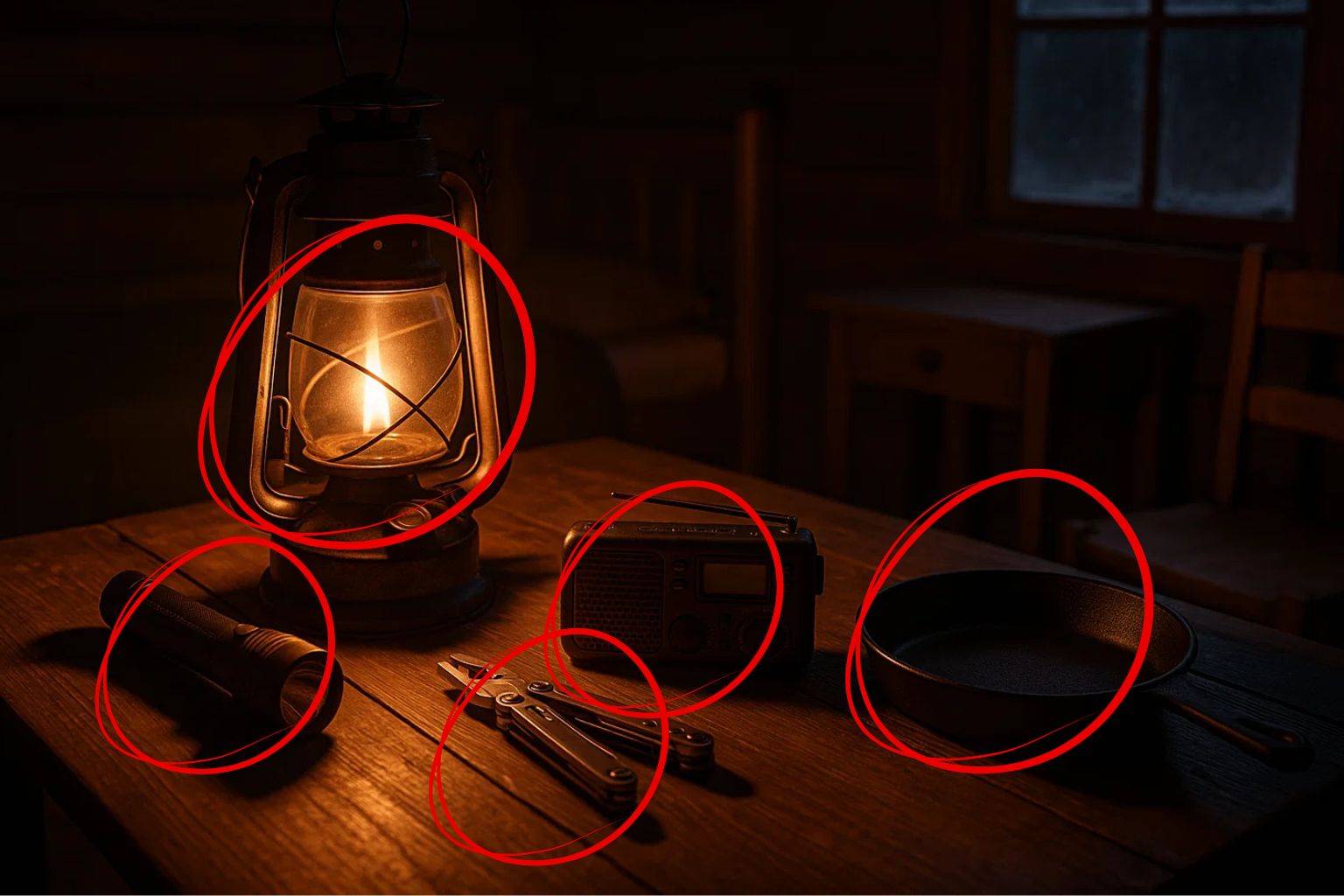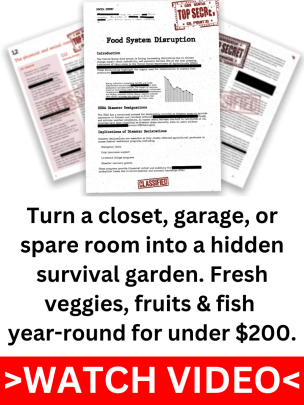There is no timetable for emergencies. They don’t knock on your door respectfully and allow you time to get ready. You must be prepared to respond in the event of a hurricane, wildfire, emergency evacuation, or even a prolonged power outage. Additionally, having a well-prepared bug-out bag (BOB) might make the difference between panic and control when it’s time to leave.
However, most people do not consider disaster preparedness until it is too late. The good news is that preparing a bug-out kit does not have to be overwhelming. With a little forethought, you can construct a kit that keeps you prepared for the unexpected and provides peace of mind.
You can put together the best bug-out bag ever with the help of this comprehensive guide. When the unexpected occurs, we’ll go over everything you need to know to stay safe, from water to tools.
What is a Bug-Out Bag?
A bug-out bag is your own survival gear, meant to keep you going for at least 72 hours in an emergency. It’s portable, filled with necessities, and ready to go at a moment’s notice. Consider it an all-in-one toolkit for dealing with life’s unexpected challenges.
But having a plan is just as important as having the right equipment. Having a prepared bug-out bag gives you the assurance that you have everything you need to survive, allowing you to depart rapidly. Your BOB is your safety net whether you’re traveling to a shelter, hiking through the woods, or simply waiting out a power outage.
Why You Need a Bug-Out Bag
Let’s be honest: emergencies can happen at any time. It could be something less noticeable, like a chemical leak or prolonged outage, or it could be a natural disaster, like a flood or wildfire. Having a survival bag ensures that you are prepared to depart promptly and do not waste valuable time gathering supplies, regardless of the situation.
Think about this: An evacuation order has been issued. The streets are congested, shops are shuttered, and people are in a panic. With your bug-out bag in hand, you make your way to the car, confident that you’re prepared for whatever lies ahead. It’s about maintaining composure and control when others are frantically trying to survive.
Choosing the Right Bag
Your emergency backpack isn’t just a backpack; it’s the foundation of your emergency plan. That means it needs to be sturdy, comfortable, and big enough to carry your essentials. But it also needs to be practical for you.
What to Look For:
Size: A bag with a 40- to 50-liter capacity is usually ideal. It’s large enough to hold your gear but small enough to carry comfortably.
Durability: Choose a bag made of tough materials like nylon or polyester. Look for water-resistant options or add a waterproof cover for extra protection.
Comfort: Padded straps, a waist belt, and an adjustable chest strap can make a world of difference when carrying a fully loaded bag.
Organization: Bags with multiple compartments let you organize your supplies for quick access. No one wants to dig around for a flashlight in the dark.
Try it on once you’ve packed your bag. Practice walking with it, weighing it, and adjusting the straps. Make modifications if it is too heavy or unpleasant. Your bug-out bag should not feel like a burden, but rather like an extension of yourself.
What to Pack in Your Bug-Out Bag
Everything you include for your bag should have a purpose. Water, food, shelter, medical supplies, and tools are the necessities that you are concentrating on. Let’s dissect it all.
Water
Simply said, water is essential to existence. Without food, you can live for weeks, but without water, you’ll be in trouble in a matter of days. Aim for at least one gallon per person every day for a 72-hour bag, three gallons in total.
The problem is that water is heavy. For this reason, it’s a good idea to have purifying solutions like pills or a portable water filter. By enabling you to safely drink from natural sources like lakes or rivers, these gadgets increase your possibilities for survival without adding to your burden.
Water bottles that can be folded up are also a terrific addition. When empty, they are lightweight, but when needed, they may expand. A metal cup is also useful for cooking, heating water, and even eating food.
Food
Food in a bug-out bag must be portable, enduring, and simple to cook. Protein bars, freeze-dried meals, and canned products are ideal high-calorie solutions. Because they simply need hot water to make and take up very little room, freeze-dried meals are especially convenient.
Another excellent choice is canned goods, but pay attention to the weight. Bring a manual can opener or pack things with lids that open easily. Additionally, don’t ignore items that can raise your spirits, like coffee or chocolate. In difficult circumstances, a little comfort food can make a big difference.
Tip: Regularly check your food supplies. Items that are getting close to expiration should be rotated out and replaced with new ones. Finding old or inedible food when you open your bag is the last thing you want.
Shelter
In addition to providing food and water, a quality bug-out bag shields you from the weather. Even in mild weather, hypothermia can be a serious risk, so bring clothing that will keep you dry and warm.
Thermal blankets, emergency bivy sacks, and lightweight tents are all excellent choices. If you’re short on room, you can quickly erect a temporary shelter using a tarp and some paracord. Additionally, when it comes to apparel, consider layers: an upper layer that is waterproof, an insulating middle layer, and a base layer that wicks away perspiration.
Remember to bring extra gloves and socks. Blisters and infections can result from wet feet, which is the last thing you want in an emergency.
Medical Supplies
One of the most important things in your go bag is a first aid kit. Begin with the essentials: painkillers, bandages, and antiseptic wipes. Next, include products that are relevant to your needs, including prescription drugs or supplies for particular illnesses.
Bring at least a week’s worth of medication if you take it every day. To prevent moisture damage, store everything in ziplock bags or waterproof containers.
Medicines To Purchase For SHTF Scenarios(Click Here)
Add a tourniquet, a thermometer, and a CPR face shield for extra preparedness. These may appear overkill, yet they could save a life in a life-threatening situation.
Tools
Your tools are what make your BOB so adaptable. A good multi-tool is indispensable, it can do everything from open cans to cut rope. Fire-starting equipment is similarly crucial. Include waterproof matches, a lighter, and a ferro rod. Fire is useful for more than just warmth; it may also be used to cook and signal for help.
Other necessities are a flashlight (with extra batteries), a signaling whistle, and a compass. Don’t forget duct tape, it’s great for quick repairs or improvised fixes.
Hygiene
Remaining clean is critical for remaining healthy, even during a crisis. Include soap, a toothbrush, toothpaste, and hand sanitizer. Wet wipes are ideal for rapid clean-ups, and a little trowel is useful for garbage disposal.
Personal Touches
Your bug-out bag should meet your individual requirements. If you live in a chilly climate, add more clothing and hand warmers. If you have pets, pack food, water, and supplies for them. Don’t forget about comfort goods like a deck of cards, a notebook, or even family photos. These small gestures can make a difficult situation feel more doable.
Keeping Your Bug-Out Bag Ready
A bug-out backpack isn’t a one-time project. You need to keep it up. Check your supplies every six months, replace old food and medications, and adjust for seasonal variations. Practice utilizing your equipment so you aren’t fumbling about in an emergency.
One of the best things you can do to be ready for anything is to build a bug-out bag. It’s about taking charge of your security and making sure you’re prepared for everything that may happen. One thing at a time, begin now. You’ll be prepared when the time comes, and it will.






















